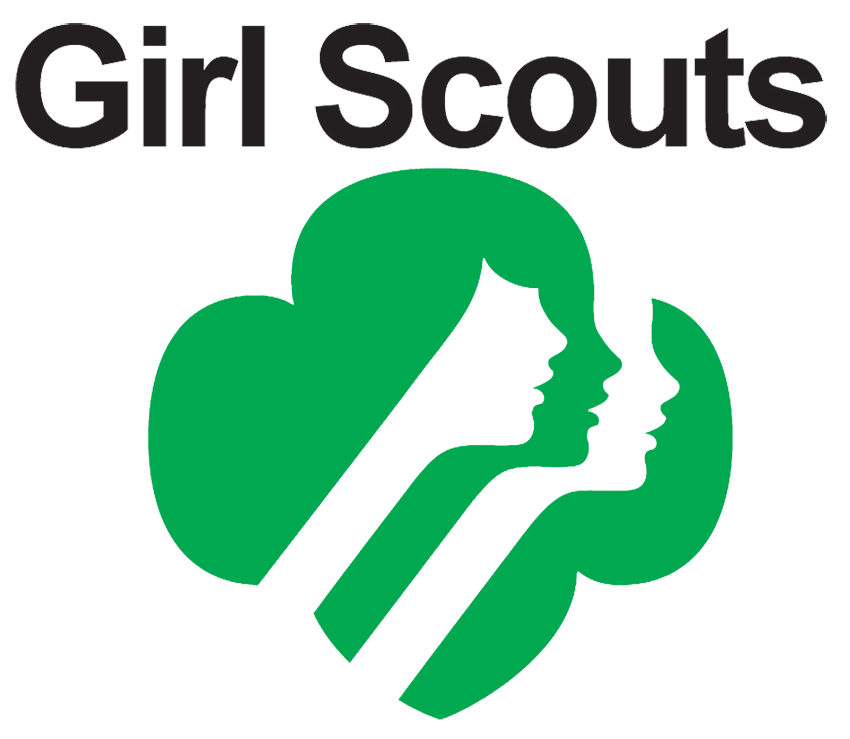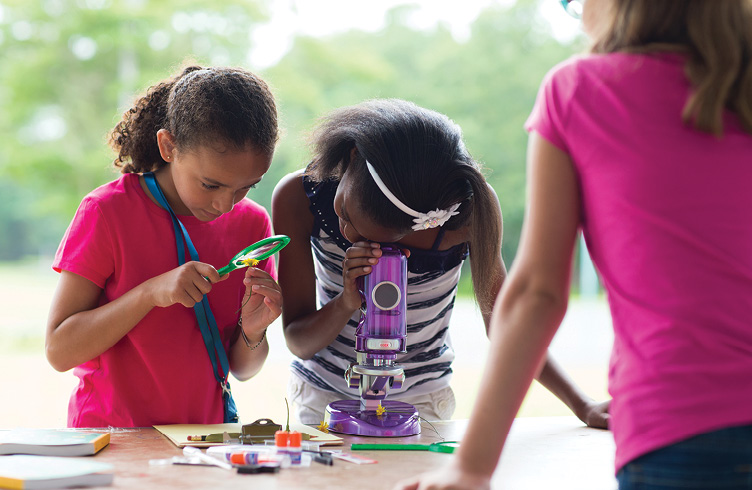- Home
- Media Kit
- Current Issue
- Past Issues
- Ad Specs-Submission
- Ad Print Settings
- Reprints (PDF)
- Photo Specifications (PDF)
- Contact Us


![]()
ONLINE

Staying Relevant
Editors’ Note
Previously, Pam Anderson served for four years as a board member of Girl Scouts of Westchester-Putnam, Inc. Prior to assuming her current Girl Scout role, she enjoyed a long, thriving career within the financial services industry. During her tenure with a previous employer, she was a founding member of the Women of Color Connections employee networking group, which garnered the company top recognition as a “Best Company to Work For – For Women of Color.” In addition to her Girl Scout responsibilities, Anderson is an active member of the historic Abyssinian Baptist Church where she served as a trustee.

What excited you about the opportunity to lead Girl Scouts Heart of the Hudson and how have you made the transition from the private sector?
I was a Girl Scout as a child and I grew up in Girl Scouting. I knew the power of leadership – it was where I first learned about community service. I was the mother of a Girl Scout and I served on a Girl Scout council board.
On the corporate side, while I was in financial services, that was my day job; as a senior woman of color in my firm, my “night job” was mentoring young women into senior roles. When I was growing up in my firm, there weren’t many people who looked like me above me, so it was extremely important to me that I set out to be a role model for those who came behind me.
There came a time when the markets were in turmoil and I had an opportunity to transition. When I left the organization, I hadn’t really thought about Girl Scouts per se, but I knew that the nonprofit industry was changing and that there must be a way for me to translate my business skills to the nonprofit industry. I wanted to take all of my energy and use it towards a mission with the same fervor that I used my energy in corporate America.

I knew that my skills were transferable but I didn’t really know how to transfer them. This was almost eight years ago.
I spent the summer after I left my firm teaching myself how to work at a nonprofit. I used everything that I had utilized in my 20-plus years in corporate America in the first six months as the CEO of a Girl Scout council.
I had to deal with talent management and risk management, not to mention figuring out how to take on an organization that had gone through realignment which, from my perspective, was really a merger.
In Girl Scouting, this was a merger of culture. Coming into this organization that was still in the midst of realignment, I had to figure out how to get people to honor their legacy, but somehow come together so we could move forward.
In Girl Scouts, we are manufacturing leadership experiences, not widgets. That doesn’t necessarily generate revenue, so we have to learn how to tell a compassionate story that people will understand and participate in.
Many skills were transferable but, in a nonprofit, I had to use them a bit differently. In corporate America, we have the ability to sit back and throw things up on a wall and move them around. In a nonprofit, we can get caught in a day-to-day mentality. We have to force that thinking so we can sit back and think strategically.
Ours is a small business where I’m responsible for 65 full-time employees, not to mention thousands of volunteers and girls.
It has been a challenge, but also a wonderful experience.
In the private sector, there is a focus on innovation. With Girl Scouts’ 104-year-old history, how important was it to honor the past while making sure the programming is there to be relevant today?
I firmly believe that the founder of this organization was an amazing woman who was way ahead of her time. We have to reach girls where they are today, but the messages need to be relevant. However, they’re not all that different.
Today, we talk about STEM (science, technology, engineering, and math) and think it’s a new concept. But they had STEM over 100 years ago – it just wasn’t called STEM.
We talk about healthy living today, and being environmentally friendly. That is what they did 104 years ago, just differently.
Girls today want to have fun, as did girls all those years ago. It’s extremely important today for our girls to have progressive adventures as they did in the past.
I try to tell not only my team members but our volunteers and parents that girls haven’t changed; the way we reach girls has changed, as has the way they perceive things.
In leading the council, how critical is it to engage the entire family in these efforts?
It is extremely important to engage the family. The foundation of a Girl Scout experience is most definitely the troop leader and many troop leaders are parents.
For a long time, the Girl Scout movement didn’t engage the parent, so parents didn’t know about the leadership experience.
In our council, it’s extremely important that the parents know what the experience is. We purposely created some programming where the parent is the person deciding what the experience will be and where the parent comes with the child.
We consider the relationship with the council and the parent to be extremely important, and it’s all about communication. We consider the parent and family to be one of our key stakeholders. We send them information. We want them to know what Girl Scouting means and what they can expect this experience to deliver to their child, and we want the parent to be a partner with this organization.•